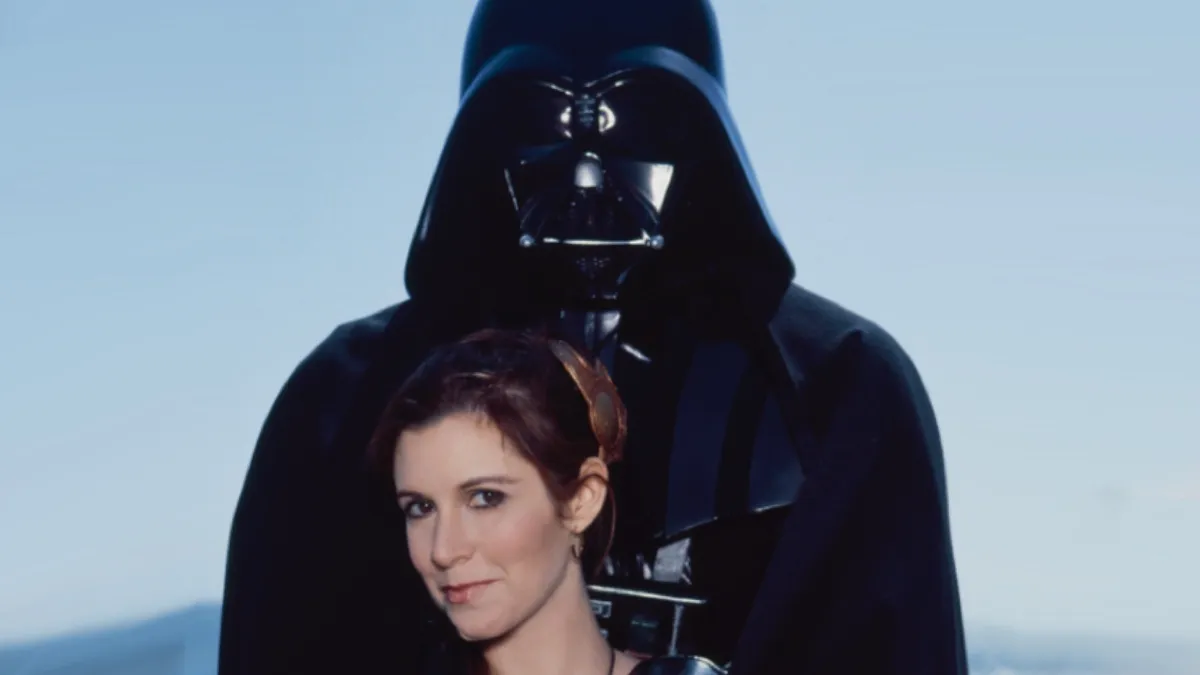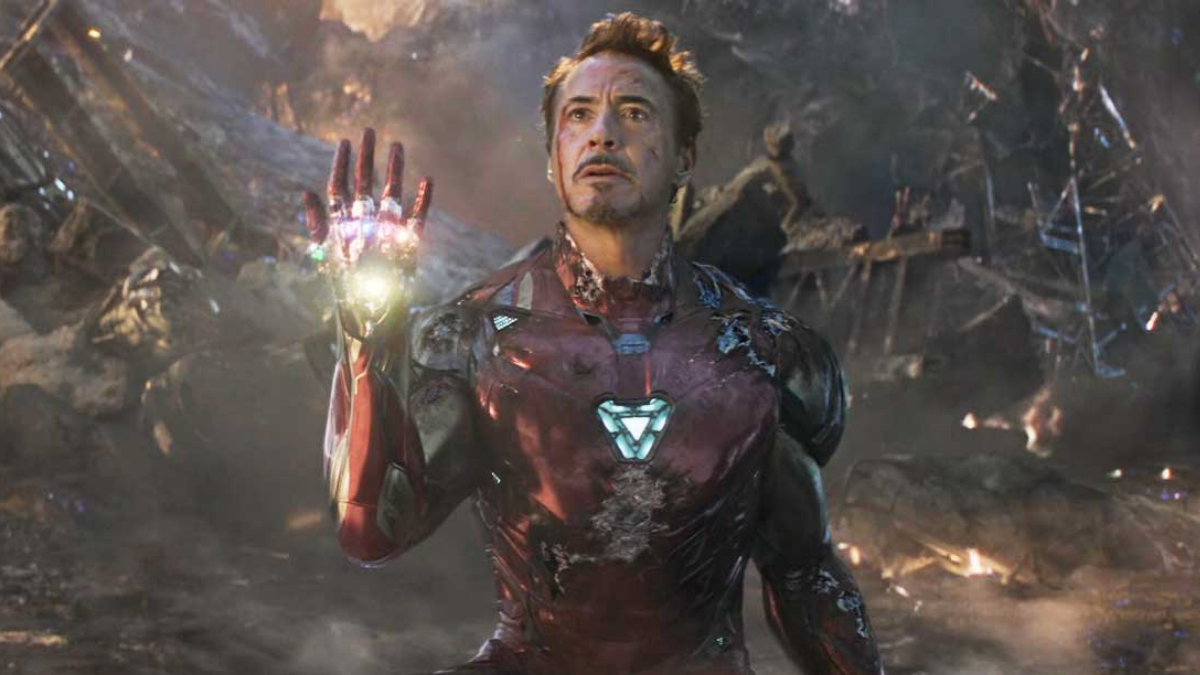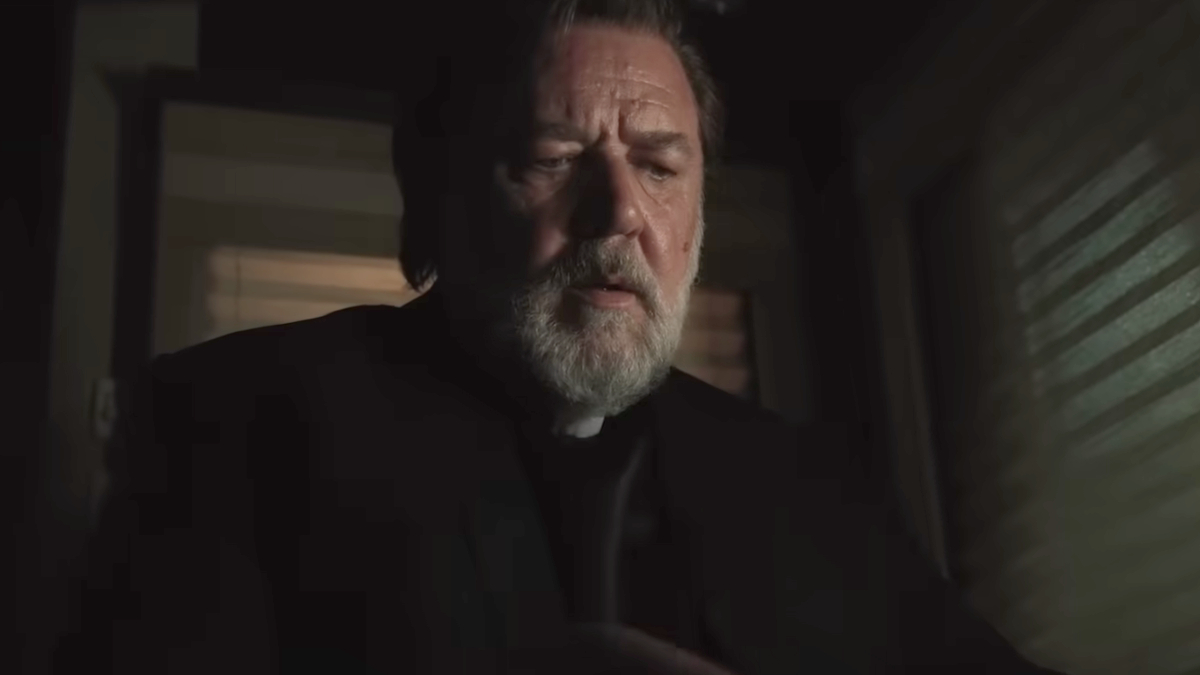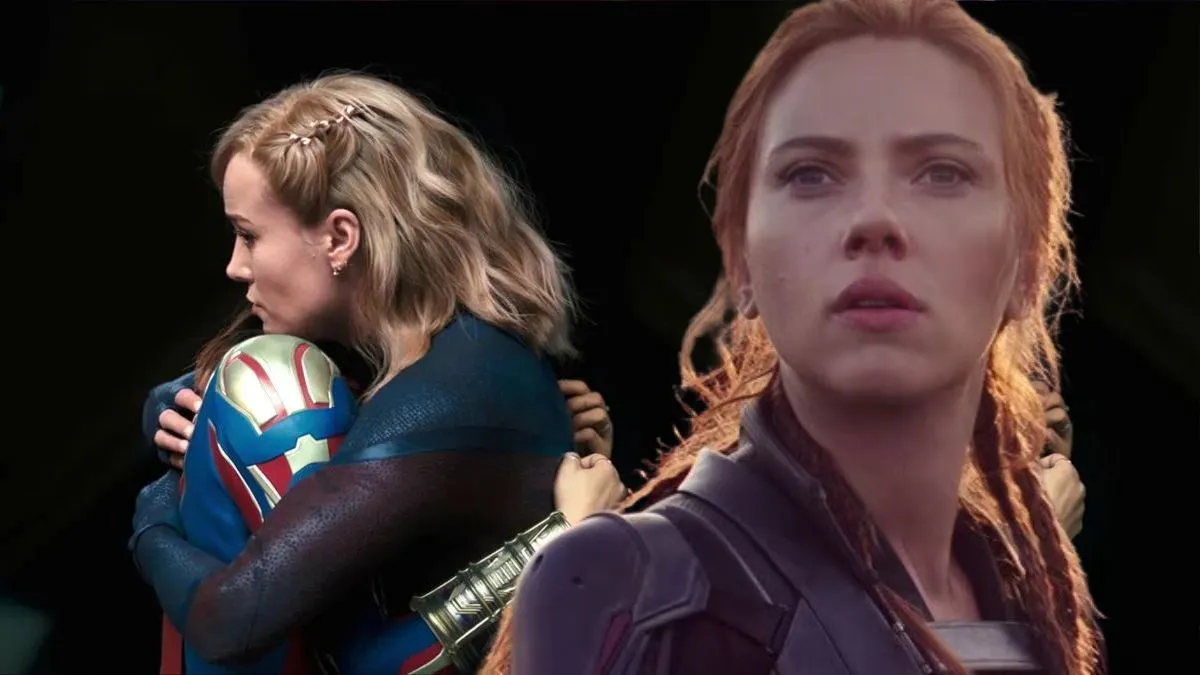It’s easy to understand why Warner Bros. was tempted to make The Legend of Tarzan. Franchise-friendly, FX-heavy, and blockbuster-ready, it also boasts one of those illustrious brand names that everyone knows and Hollywood has yet to capitalize upon. To the studio, especially back when the project was first green-lit, in the wake of Alice in Wonderland and with the juggernaut Harry Potter franchise winding down, Tarzan must have seemed like a no-brainer, at once familiar enough to draw audiences and broad enough to allow a new team of filmmakers to provide a contemporary take on an old mythos.
And yet, times have changed. In this decade of #OscarsSoWhite and Black Lives Matter, audiences are challenging the movie industry to do better when it comes to smartly discussing race and – more prominently in the case of Tarzan – thoroughly banishing the white-savior stereotype that Edgar Rice Burroughs’ revered source material, and every past on-screen iteration of his Lord of the Jungle, traffics in.
It’s going to take years, decades even, to advance and diversify Hollywood until its stories and their themes are reflective and respectful of the worldwide, multicultural audiences the biz seeks to entertain, but any stab at racial and cultural sensitivity is a really positive step forward, both for popular culture and for artistic creativity. Every advancement, every discussion, and even every controversy is worthwhile.
That same commitment to modernity, tact, and inclusion is what makes movies like The Legend of Tarzan inherently tough to stomach. Director David Yates at least sidesteps the traditional “taming of Tarzan” narrative by which the character is civilized by British explorers entering the “savage” and “primal” land of Africa, and one-ups Disney by including some actual African natives (the animated pic has some great Phil Collins tunes, but no one gives it enough flack for erasing black people entirely rather than work to represent them inoffensively). But in this reimagining of the character, the basics stay the same.
Set in 1890, the film finds Tarzan (embodied with rippling abs and sad, hang-dog eyes by Alexander Skarsgard) out of Africa, returned to a life of British aristocracy and silly waistcoats alongside his American wife Jane (Margot Robbie, spunky but stranded in a plot that self-consciously makes her a damsel in distress). Tarzan’s the stuff of a myth, a boy raised by apes brought back to England by kindly imperialists, and in an attempt to sidestep the celebrity he’s referred to more frequently as John Clayton III, Lord of Greystoke. Still, hints of the jungle continue to hound the guy – Jane misses her childhood home among Congolese natives, and Tarzan has channeled his knowledge of the area into his work as a key member of the House of Lords.
The real story kicks in with the arrival of George Washington Williams (Samuel L. Jackson), an African-American statesman who fought in the Civil War and is very rightly suspicious of what Belgian King Leopold II is getting up to in the Congo (namely, colonizing the area and enslaving its natives). He convinces Tarzan, who’s received a mysterious invite from Leopold, to accompany him and get to the bottom of it all, unaware that a deadly Belgian by the name of Leon Rom (Christoph Waltz, playing the same character he excelled at depicting in Inglorious Basterds) is actually behind the invitation, having cut a deal with a grudge-bearing chief (Djimon Hounsou) to trade Tarzan for valuable diamonds.
Soon enough, Tarzan, Williams, and Jane are back in the Congo, reconnecting with the tribespeople and making their way to Leopold’s turf – until Rom strikes, snatching up Jane and changing Tarzan’s mission from espionage to search-and-rescue. That’s one way of getting around the white-man-saving-all-of-Africa connotations that Tarzan typically carries – Williams is by far the more civil-rights-oriented of the pair – but it doesn’t quite work, especially once they stumble across a train full of enslaved Africans and proceed to lay the hurt on every European soldier in the next car over.
From then on, The Legend of Tarzan turns into a comical balancing act – the screenwriters clearly wanted to make a movie that addressed Leopold’s heinous, real-life genocide against the Congolese people while also delivering a fun, dynamic superhero pic, but in blending the two they end up leaning into an uncomfortable alt-history narrative, wherein it falls to one beefed-up white man to defeat the evils of white colonialism.

The tricky implications of that setup aside, The Legend of Tarzan also bows to Hollywood convention in its half-assed empowerment of Jane. Robbie is a fiery, ferocious actress with charisma to burn, but her Jane is weighed down by the sexist, patriarchal damsel-in-distress trope, spending most of the movie under Rom’s thumb – and, during a particularly uncomfortable dinner as a captive on his steamboat base, at the mercy of his every sadistic whim (the guy employs rosary beads as a lethal weapon, if the “white European menace” undertones of his character weren’t clear enough). The film itself seems unhappy about this setup, rendering Jane a self-possessed spitfire who fights back against Rom as much as she can, but it still fails to empower her in very basic ways.
Williams, on the other hand, is perhaps the movie’s most intriguing attempt at racially sensitive modernization, a resourceful and effective individual who’s endured much and – as a real historical figure – deserves to be venerated much more than his ripped, brooding companion. He’s a great shot with a rifle, a thrifty man of action, a lifelong advocate for human rights, and a passionate enemy of oppression. His inclusion makes Tarzan a better movie. But he’s also, in this Hollywood treatment, a comic-relief figure, the frequently imperiled and incapable sidekick who literally has to climb on Tarzan’s back at one point in order to keep up. The Legend of Tarzan goes to great, unnecessary lengths to sideline him, and that treatment (amplified by the character’s general ignorance of Africa compared to Tarzan, who was raised there) feels ill-conceived.
It doesn’t help matters that the film’s treatment of Congolese natives is filled with just about every cliché in the book – the furious chieftain out for blood, the wise village elder, the spear-touting warriors, and the joyous assembly of singing, swaying revelers all pop up right on cue. One could make the argument that all three Westerner protagonists – Tarzan, Jane, and Williams – exhibit equal-minded compassion and consideration toward the natives, and that their fierce defense of them is specifically said to stem from understanding more than icky savior instincts, but it’s disappointing that the Congo they’re sworn to protect is painted with such a stereotyped, surface-level brush.
Of course, if you can look past the problematic aspects of this and every Tarzan tale, Yates’ film is not without cinematic merit. The director, who so lovingly crafted the epic, immersive world of Harry Potter, takes similar care with the jungles of Africa, romanticizing every lush area of wilderness and employing exemplary CGI to create a supporting cast of gorgeously, sometimes scarily photo-realistic lions, gorillas, wildebeest, crocodiles, and hippos. This is by far the most appealing depiction of Tarzan’s world to ever appear on screen, and it seems clear that it was sketched with an eye to further exploration in potential sequels.
The action, too, is usually a cut above most blockbuster fare, with bruising physicality to a mid-film sequence in which Tarzan takes on an imposing simian opponent, and real exuberance to the over-the-top, clash-of-civilizations finale. In other places, though, sequences are so poorly rendered as to immediately pull you out of the movie, from a confrontation between Rom’s men and CGI gorillas that the actors clearly lost track of during filming, to the requisite vine-swinging, which turns out to defy not only physics but also plant biology.
Cinematically as well as tonally, The Legend of Tarzan is all over the place, lurching from scene to scene without much idea of the kind of film it wants to be, let alone what sort of universe it wants to establish. There are moments of Jungle Book-esque beauty, with the wild setting occasionally getting bathed in an Edenic, otherworldly glow, but also a sequence in which Samuel L. Jackson’s character is forced to consider licking a gorilla’s nether regions as a show of submission. There’s a clear narrative bent about holding institutions and governments accountable, but also an attempt to paint Tarzan as a cross between James Bond and Batman, a man of action who operates outside the law and is barely holding savage instincts in check.
To his credit, Skarsgard both looks the part and plays it with unexpected wit, understanding the innate ridiculousness of the character he’s playing and having fun with it in a way that’s sometimes contagious. But few others involved with this production seem to be on the same page, packaging horrifying real-life history, disposable superhero adventure, problematic racial and gender representations, and Nolan-esque origin story together into a film that visibly sags under all that cumulative weight. When Tarzan (as he must) finally lets that emblematic wild-man cry ring out across the jungle, it’s as appropriate as it is unfortunate that he sounds more exhausted than intimidating.





































